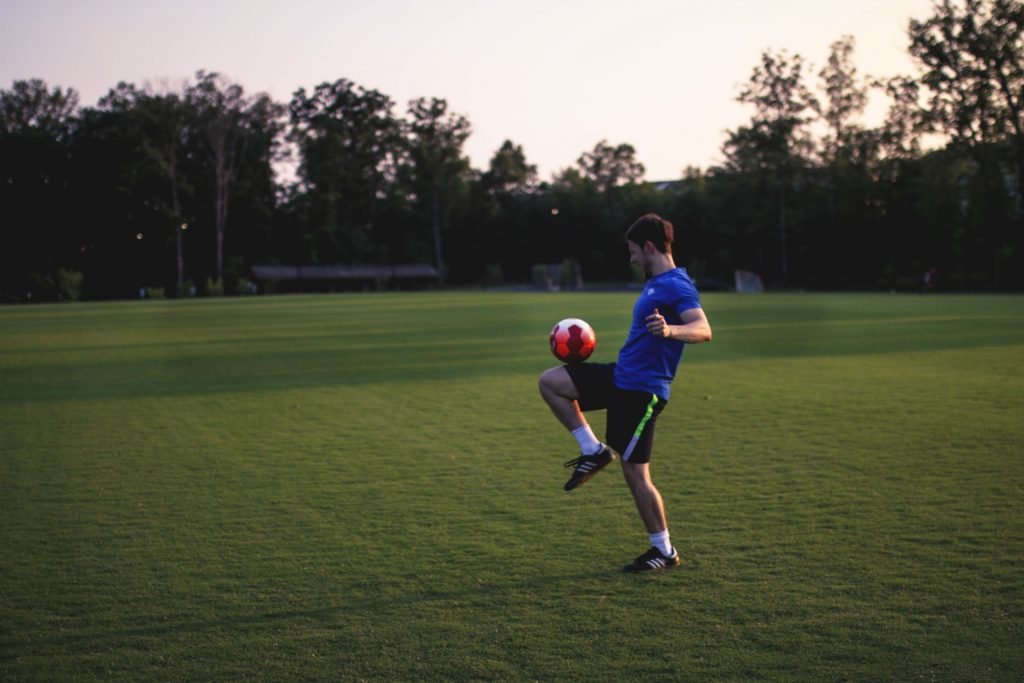
By now, communicating through email is the preferred way for prospective student-athletes to introduce themselves to a coach. It is no longer enough to simply have talent, to attend showcases, or to play for a travel team. Instead, students must become far more proactive if they want to be discovered. According to Jack Elway, using hard work and email is a great way to ensure college coaches get to know a student and consider contacting them.
The college recruitment process seems to start earlier each year. Top colleges want to get their hands on the best recruits possible, which is why they are now offering scholarships to students in 8th and 9th Grade. Of course, the coach is not permitted to initiate contact with a prospective student before they reach their high school junior year, but they are allowed to speak to a student who contacts them first.
Jack Elway Explains How to Send an Appropriate Email
By sending a coach an email, students have the opportunity to introduce themselves. It is a chance to show coaches that a student has looked into what a program and tails and that they are able to meet those requirements. Additionally, an email, and should include a diary of upcoming matches so that a coach has the opportunity to watch the student play. It is important, however, that these emails are formatted in the right way. This means:
- To make sure each email has been personalised. A coach will never respond to a generic email that has clearly been sent to many other people. Their inboxes are cluttered with hundreds of emails every week and they will look for those that have clearly researched their content. Anyone who uses a form letter on which they simply alter the school and coach’s name will most likely be ignored.
- To make sure contact information has been included. Without that information, a coach would not be permitted to get back in touch. The way coaches have circumnavigated the rules that they may not initiate contact is by speaking to the student’s coach instead after receiving an email, informing them of the best method for the student to once again get in touch.
- To make sure the email includes basic academic and athletic information. It is important for this to be basic as a coach will not yet expect the student to be ready for college as they still have some years of high school to finish. Hence, there is no need to highlight every stat or a word that has been achieved in the past few years. Focus should be solely on the important ones.
- To make sure the email includes a list of upcoming competitions where the coach can view the athlete in action. Coaches attend various showcases and tournaments and will have a list with them of the students they are looking out for in particular. It is important that the prospective student gets their name included on that list.
